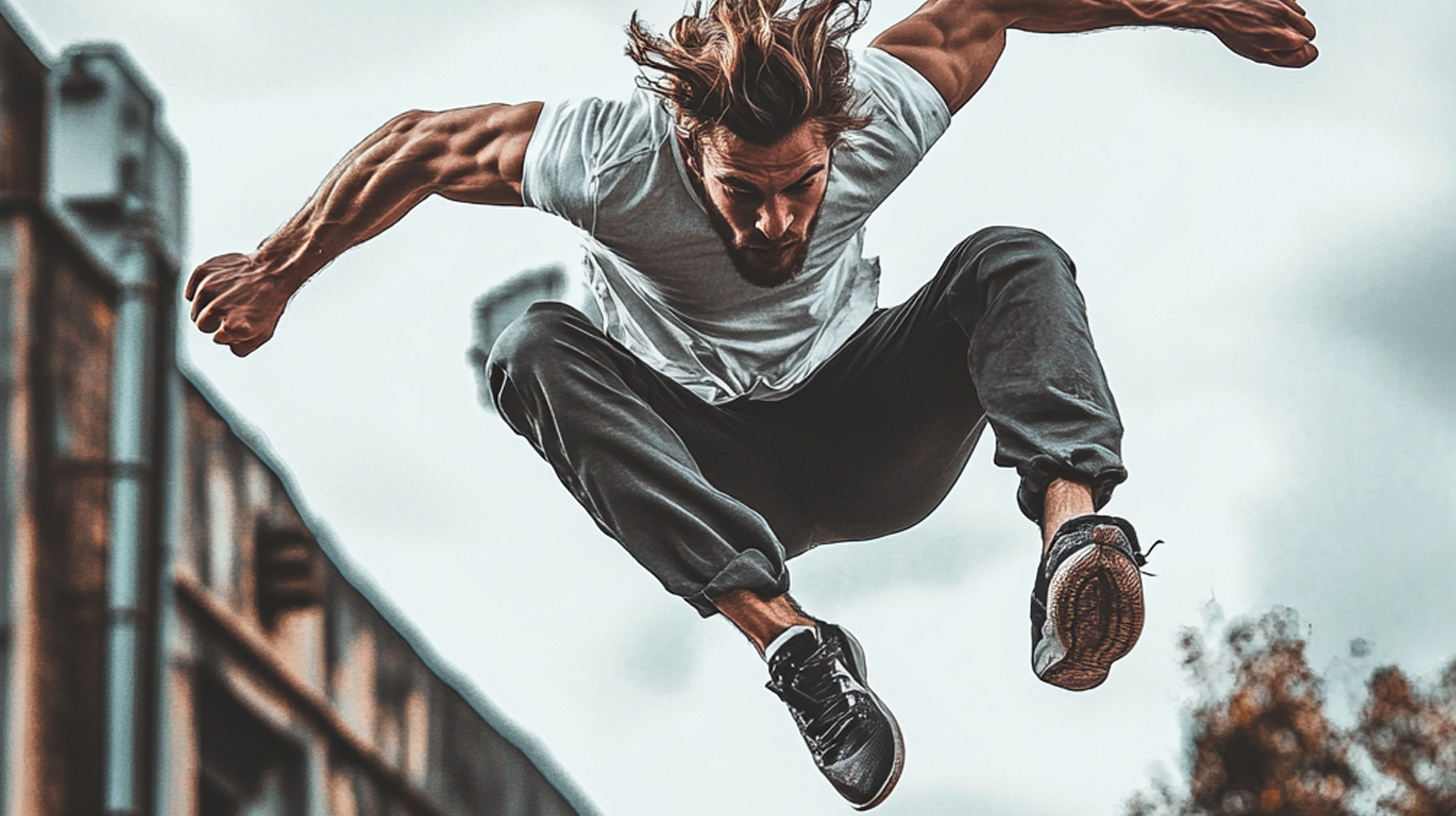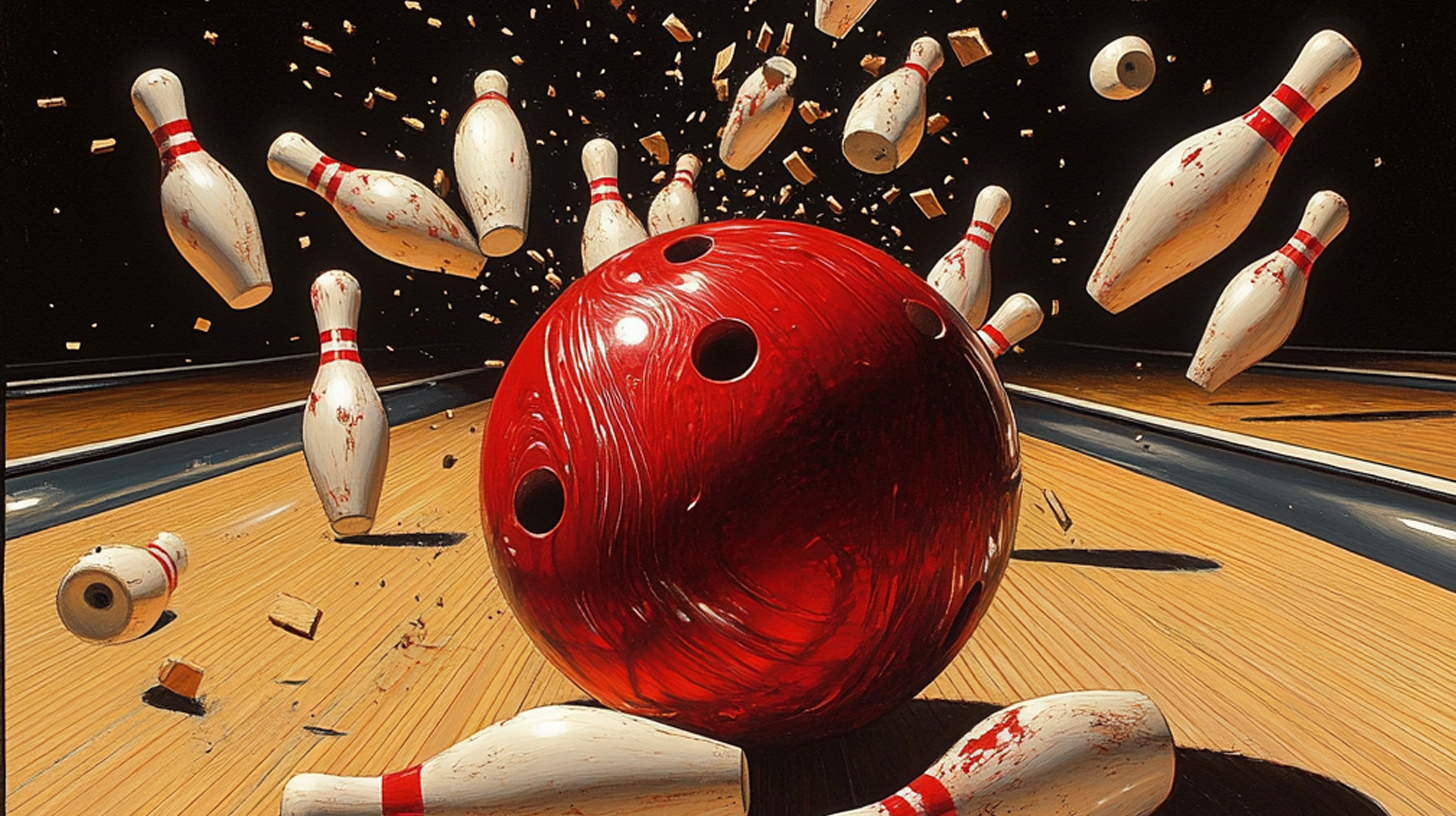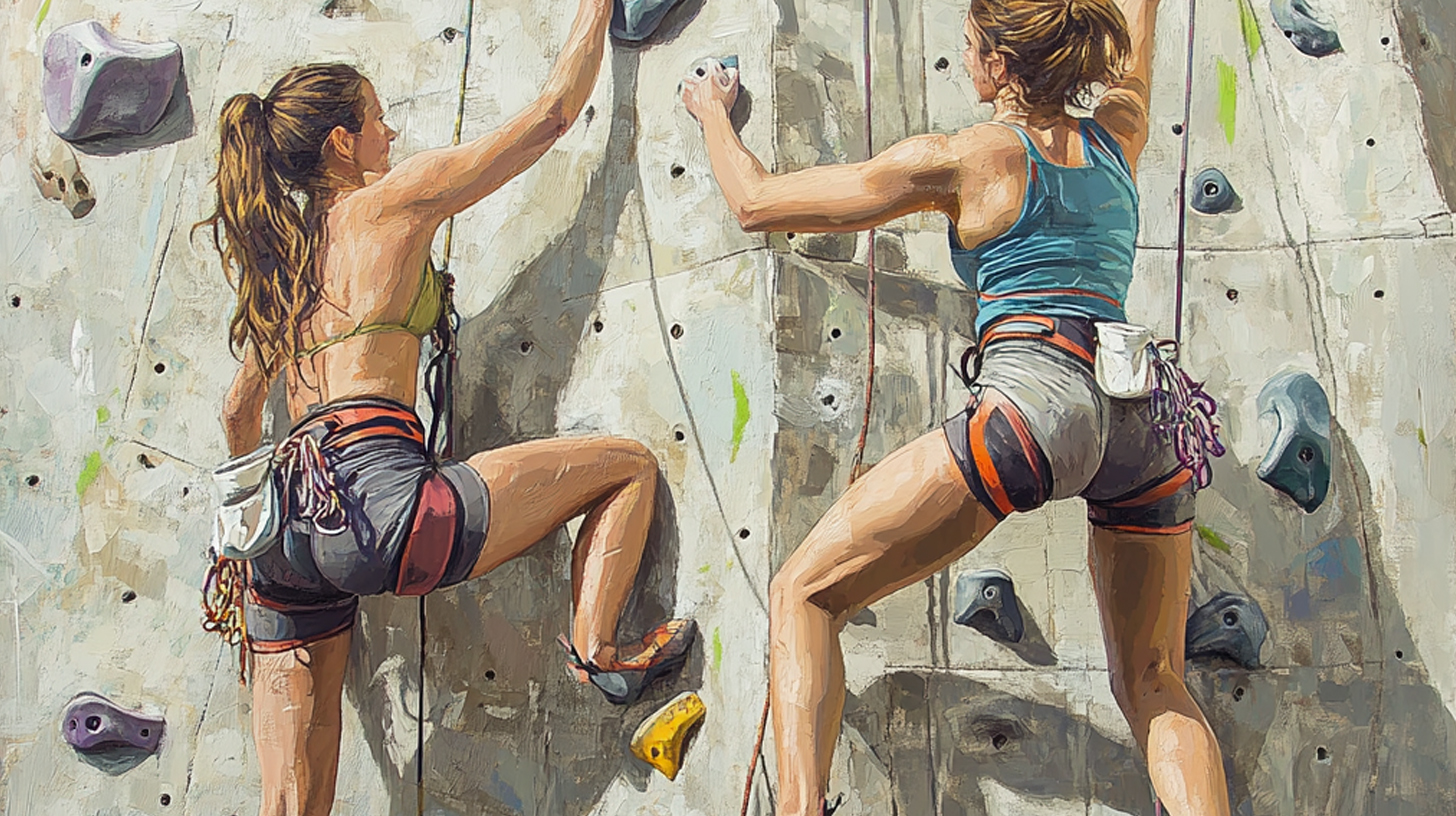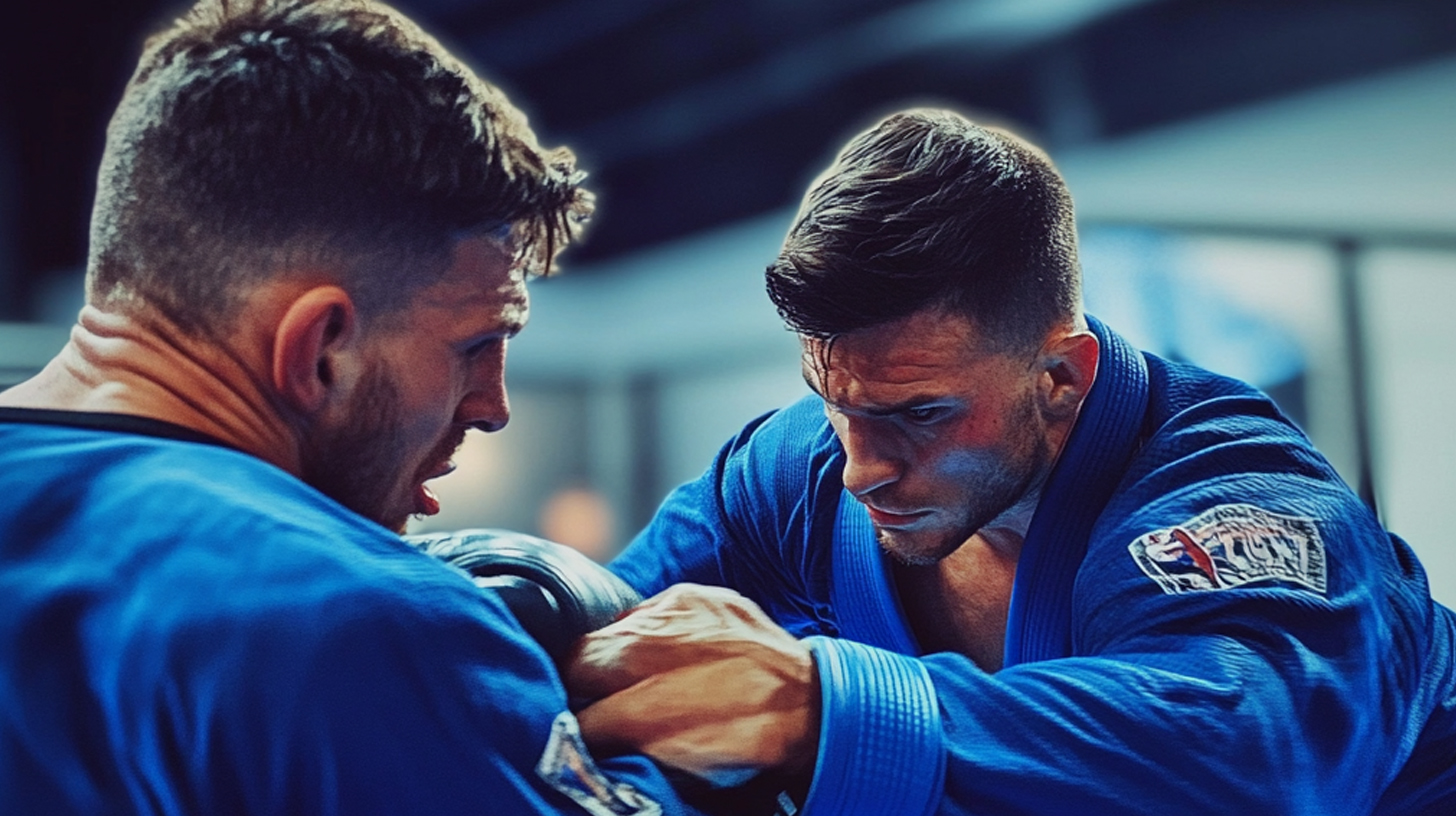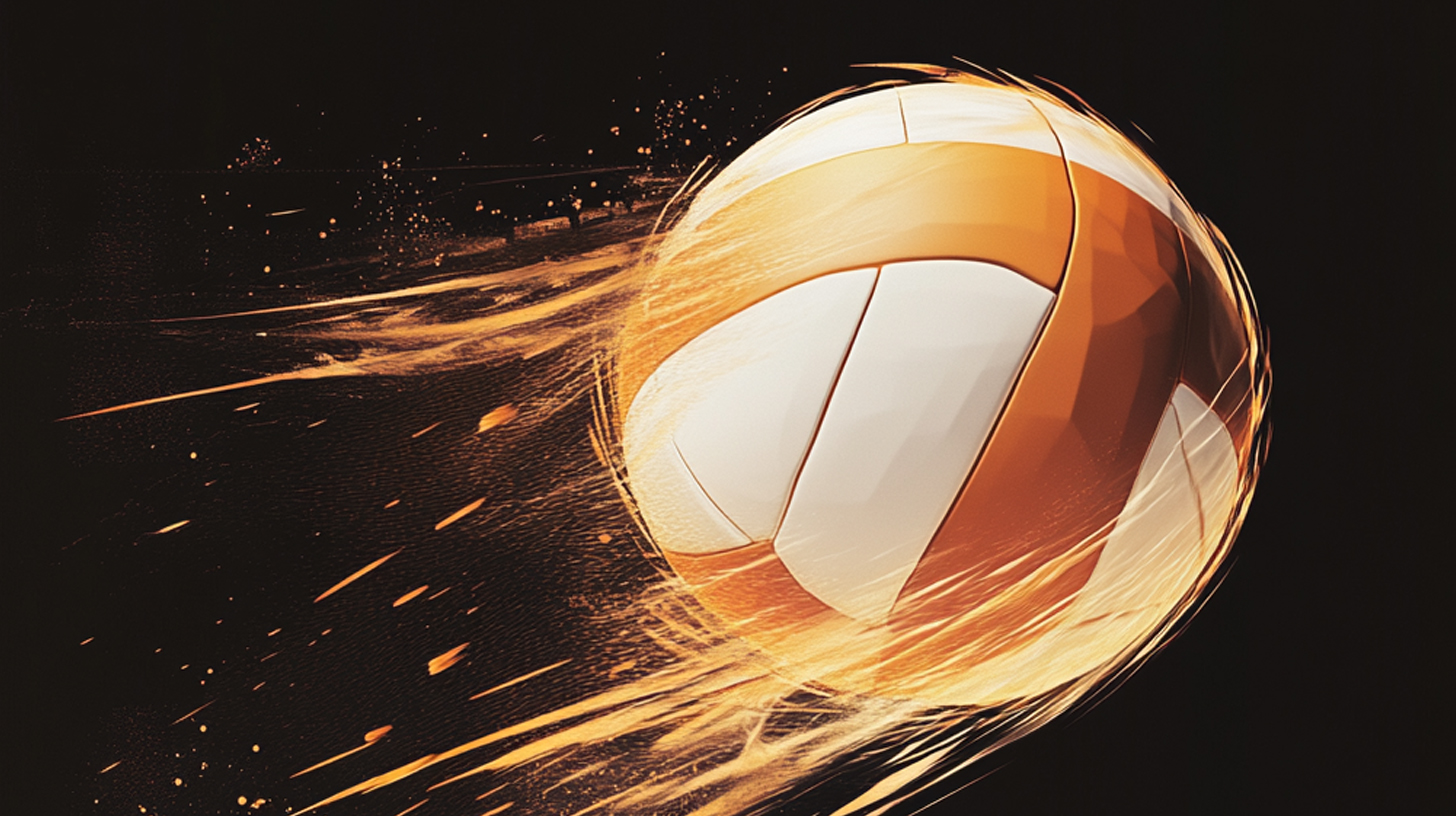Parkour, often perceived as a thrilling urban movement, is an art form that combines physical prowess with creative expression. At its core, parkour is defined as the practice of moving through an environment—typically urban settings—in the most efficient way possible. This involves running, jumping, and climbing over obstacles with fluidity and precision.
The origins of parkour can be traced back to the late 1980s in France. It was developed by David Belle and his group of friends who sought to challenge traditional notions of movement by incorporating elements from military obstacle course training into everyday environments. This laid the groundwork for what would later evolve into both parkour and its close cousin, free running.
While parkour focuses on efficiency and speed in overcoming obstacles, free running emphasizes creativity and self-expression through acrobatic movements. Both disciplines have gained significant popularity worldwide, inspiring a new generation to explore their surroundings in innovative ways while pushing their physical limits.
Understanding parkour involves appreciating its roots as well as recognizing its impact on modern urban culture. As more people become interested in this dynamic discipline, it continues to grow beyond just a sport or hobby—becoming a way of life for many enthusiasts around the globe.
The History and Evolution of Parkour
Parkour, often described as the art of movement, has a rich history that traces back to the early 20th century. The discipline was initially inspired by Georges Hébert, a French naval officer who developed a training system called “la méthode naturelle,” which emphasized natural movement skills. Hébert’s philosophy laid the groundwork for what would eventually evolve into parkour.
The true evolution of parkour began in the late 1980s and early 1990s with a group known as the Yamakasi. Comprised of young men from Lisses, France, this group included notable parkour pioneers like David Belle and Sébastien Foucan. They expanded upon Hébert’s ideas by incorporating urban environments into their practice, turning cityscapes into playgrounds for physical expression.
As parkour gained popularity, it evolved from its grassroots origins into a global phenomenon. Modern parkour trends have seen practitioners—known as traceurs—pushing boundaries with increasingly complex movements and integrating technology to share their feats across social media platforms. This digital exposure has not only popularized parkour but also led to its inclusion in mainstream media and competitive events.
Today, parkour continues to evolve with new styles and techniques emerging regularly. The community remains deeply connected to its roots while embracing innovation, ensuring that both the spirit of exploration and respect for its history remain integral parts of this dynamic discipline’s ongoing journey.
Fundamental Techniques and Skills in Parkour
Parkour is an exhilarating discipline that combines physical agility with creative movement. To master parkour, one must focus on fundamental techniques and skills that form the foundation of this sport. Basic parkour moves such as vaults, rolls, and precision jumps are essential starting points for any practitioner. These moves help develop coordination and balance while navigating various obstacles.
Jumping techniques in parkour are particularly crucial, as they enable athletes to traverse gaps and heights with ease. Proper jumping involves not only power but also technique—using your arms to propel forward and ensuring a controlled landing. Speaking of landings, learning how to land safely in parkour is paramount to prevent injuries. This involves absorbing impact through bent knees and rolling out of high drops to distribute force evenly across the body.
Parkour skills training should be approached systematically, beginning with these foundational movements before progressing to more advanced techniques. Regular practice not only hones physical abilities but also enhances mental acuity, allowing practitioners to assess environments quickly and adapt their movements accordingly. By focusing on these fundamental aspects, anyone can begin their journey into the dynamic world of parkour with confidence and safety in mind.
The Physical and Mental Benefits of Practicing Parkour
Parkour, often perceived as an extreme sport, offers a multitude of benefits that extend beyond its thrilling stunts and impressive acrobatics. At its core, parkour is about efficient movement through various environments, which translates into substantial physical fitness improvements. Engaging in parkour regularly enhances cardiovascular health, increases strength and agility, and improves overall body coordination. The dynamic nature of parkour challenges the body in diverse ways, promoting flexibility and building endurance.
Beyond the physical advantages, parkour also provides significant mental health benefits. The practice encourages participants to overcome obstacles not only physically but mentally as well. This aspect of problem-solving fosters a sense of resilience and boosts self-confidence. Moreover, the focus required during parkour sessions can serve as a form of mindfulness practice, allowing practitioners to be present in the moment and offering stress relief through movement arts.
Incorporating parkour into one’s routine can lead to improved mental clarity and reduced anxiety levels. The combination of physical exertion and mental engagement creates an ideal outlet for stress relief while enhancing one’s ability to navigate life’s challenges with agility—both literally and metaphorically. Thus, the benefits of parkour extend far beyond mere physical fitness; they encompass holistic well-being that nurtures both body and mind.
The Role of Safety Gear and Training in Parkouring Safely within Urban Landscapes
Parkour, the art of navigating urban landscapes with agility and grace, has captured the imagination of thrill-seekers worldwide. However, as exhilarating as it may be, safety should never be compromised. The role of safety gear and proper training is paramount in ensuring that parkour enthusiasts can enjoy their passion while minimizing risks.
Safety gear for parkouring is an essential aspect that should not be overlooked. While traditional sports like football or cycling have well-established protective equipment, parkour requires a tailored approach to safety. Padded gloves can protect hands from abrasions during vaults and climbs, while knee and elbow pads offer crucial protection against impacts during falls or slips. Additionally, wearing supportive footwear designed for high-impact activities can help prevent injuries by providing better grip and cushioning.
Equally important is training for safe urban exploration. Parkour may appear spontaneous to the untrained eye, but it requires a significant amount of practice and skill development to execute movements safely. Training under the guidance of experienced instructors helps practitioners learn how to assess environments accurately and make informed decisions about which moves are feasible in a given setting. This structured approach not only enhances technical proficiency but also builds confidence in one’s ability to handle unexpected situations safely.
Preventing injuries in parkouring hinges on a combination of using appropriate safety gear and undergoing comprehensive training. By investing time in learning proper techniques and equipping themselves with the right protective gear, traceurs—those who practice parkour—can significantly reduce their risk of injury while enjoying their urban adventures responsibly. As with any sport or physical activity, prioritizing safety ensures that participants can continue to engage with their passion over the long term without unnecessary setbacks.
The Cultural Impact of Parkouring on Society and Media Representation
Parkour, often described as the art of movement, has significantly impacted both society and media representation over the past few decades. Originating in France, this urban sport has transcended its roots to become a global phenomenon with a profound cultural influence. Its emphasis on agility, creativity, and overcoming obstacles resonates deeply with youth culture, promoting values of resilience and adaptability.
The cultural influence of parkour on society is evident in how it encourages individuals to view their environments differently. By transforming urban landscapes into playgrounds for movement arts, parkour challenges traditional perceptions of space and encourages a more interactive relationship with one’s surroundings. This shift not only fosters physical fitness but also inspires a sense of community among practitioners who share techniques and support each other’s progress.
Media representation of urban sports like parkour plays a crucial role in shaping public perception and interest. Films, television shows, and social media platforms have embraced parkour for its visually captivating stunts and dynamic expression. This exposure has helped demystify the sport while simultaneously elevating its status as an inspiring form of artistic movement. As audiences witness these feats through various media channels, they gain insight into the discipline’s philosophy—highlighting themes such as freedom, innovation, and personal growth.
Moreover, the impact on youth culture is particularly significant as parkour offers an alternative outlet for self-expression outside conventional sports frameworks. It empowers young people to explore their capabilities creatively while fostering self-confidence through mastering challenging movements. As more youths engage with parkour communities worldwide—both online and offline—they contribute to a growing subculture that values diversity in athleticism and embraces individualistic approaches to movement arts.
In conclusion, parkour’s cultural impact extends far beyond mere physical activity; it reshapes societal norms regarding interaction with urban spaces while influencing media portrayals of athleticism. Through its integration into popular culture and youth movements globally, parkour continues to inspire new generations by championing creativity over convention—a testament to its enduring legacy in modern society.
The Thrill – How to Start Your Journey into the World of Parkouring
Embarking on the exhilarating journey of parkour is both a thrilling and rewarding endeavor. As you prepare to dive into this dynamic sport, it’s essential to understand the foundational steps that will set you on the right path. First and foremost, prioritizing safety is crucial; investing in proper training under experienced instructors can help you learn techniques correctly while minimizing the risk of injury. Beginners should focus on mastering basic movements such as jumping, rolling, and vaulting before progressing to more complex maneuvers.
Moreover, conditioning your body through strength training and flexibility exercises can enhance your performance and resilience. Parkour isn’t just about physical prowess; it involves mental discipline too. Cultivating a mindset that embraces challenges and overcomes fear is key to advancing in this discipline.
Finally, community plays an integral role in parkour culture. Engaging with local groups or online forums can provide support, motivation, and shared learning experiences as you navigate your parkour journey. By taking these steps—prioritizing safety, honing fundamental skills, building physical fitness, nurturing mental strength, and connecting with fellow enthusiasts—you’ll be well-equipped to explore the world of parkour with confidence and excitement.
